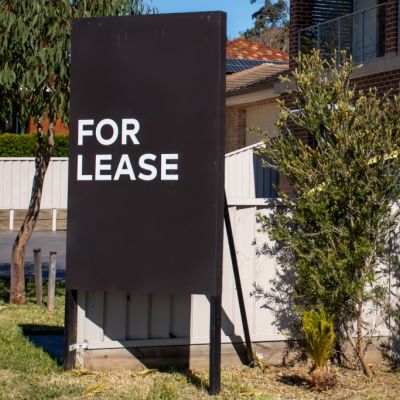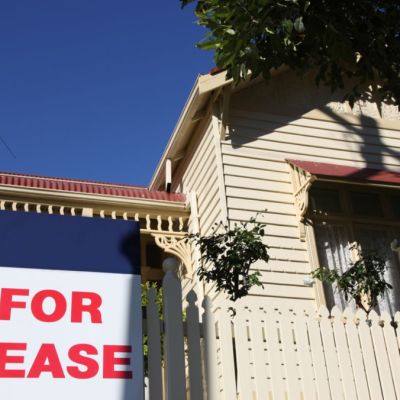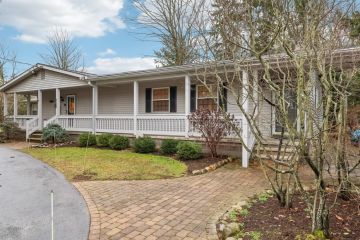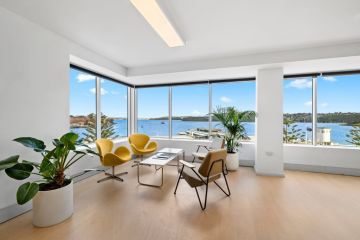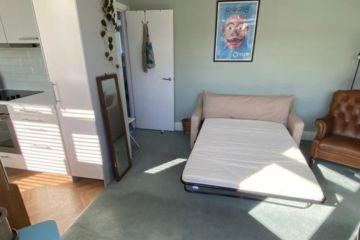Landlords could once increase rents sharply. That’s changed
The once-breakneck pace of rent rises has slowed, providing a glimmer of hope to stretched tenants.
But rents remain at unaffordable levels after years of soaring growth, and a tenant on a median household income would need to spend 33 per cent of their pre-tax income to rent the median home – the highest proportion on record.

The median national rent rose 4.8 per cent over 2024, CoreLogic figures show, a slower pace than 8.1 per cent the previous year and 9.5 per cent in 2022. Rents spiked after the largest cities reopened and renters went back to workplaces and universities, often moving out of family homes and finding a dearth of options after so many bedrooms had been converted to home offices during the peak period for remote work.
This suggested the peak of the recent rental boom has passed, the research house said. Rents rose only 0.4 per cent in the December quarter, the least since 2018.
In the largest cities, rents went into reverse. Sydney’s median rent fell 0.2 per cent and Melbourne’s fell 0.5 per cent in the December quarter.
But CoreLogic economist Kaytlin Ezzy noted that rent movements are seasonal, and these cities are likely to rise again during the busy March quarter when many tenants move.
She attributed the slowdown to a normalisation in overseas migration, a pick-up in the share of investor participation which helped increase rental stock, and an uptick in average household size as home offices were turned back into bedrooms and tenants took on more housemates to reduce costs.
“In Sydney and Melbourne we are starting to see a bit of a downtick in rental values, so that does suggest they’ve moved past the peak and the worst of those rising rents,” she said.
“Since the onset of COVID … Sydney and Melbourne have risen by 30.7 per cent and 25.9 per cent respectively.”
She added that Brisbane, Perth and Adelaide rents rose over the last quarter and have recorded some of the largest increases in the past five years. Perth rents are 61.8 per cent higher than when COVID began.
Slower rent growth would contribute to slower inflation, which could help build the case for an interest rate cut, she said. This could help some tenants to purchase.
Better Renting executive director Joel Dignam welcomed the slower growth and marginal falls.
“It’s really good to see these as positive early signs of a trend we want to see continue, but it’s not time to put up the ‘mission accomplished’ banner,” he said.
Dignam said small decreases weren’t enough to wind back the damage done by the rental crisis. “[Rents] are still so expensive you’re not really giving people breathing room,” he said.
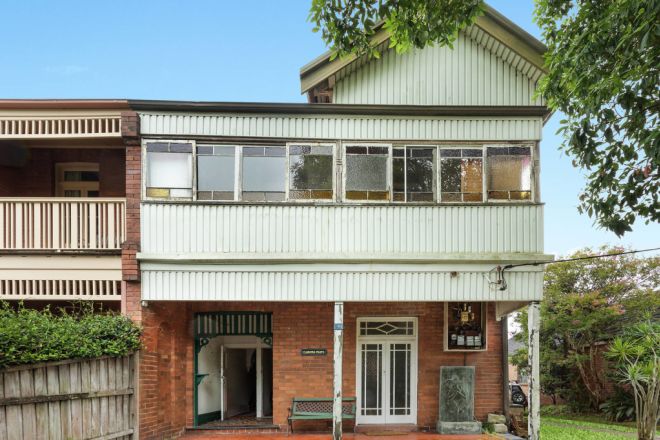
Dignam was concerned to see the median household would go into housing stress – paying more than 30 per cent of their income on housing – to rent the median house.
“That’s much higher than it’s been in the past and many more people are finding rent taking up more of their income,” he said. “That average is composed of people who are spending much more than their 33 per cent of their income on rent.”
Renters could expect slight improvements in market conditions, Dignam said. “What we will see is at the application stage there’s less competition, and that rent bidding pressure that renters are feeling is lightening a little bit.
“For renters who are in a tenancy, it also gives them more options to exercise their rights to feel a bit more comfortable speaking up.”
An easing rental market would be an opportune time to increase protections for renters, Dignam said. “We saw this national conversation about what can we do about this problem when it was at its worst. It’s important to remember that that need doesn’t go away and the best time to strengthen protections is when there’s less political resistance.
“It will be a lot easier politically to do that when landlords aren’t missing out on the opportunity to pop off a 20 per cent rent increase.”
Tenants’ agent Sarah Elkordi has noticed asking rents stabilising, but felt the quality of rental properties on offer was declining amid a landlord’s market.
“Online they look fantastic and you go in there and you’re thinking, for $900 a week it’s going to be immaculate,” The Rent Fairy founder and director said. “And it needs work, and it needs renovating and there’s mould.”
She has noticed that open for inspections are busier for some larger houses that will allow tenants to share with housemates and cut costs, whereas one- to two-bedroom unit inspections have become quieter. Potential tenants are offering to pay upfront and many homes are snapped up after one inspection, she said.
“We guide people to always put your best foot forward,” she said.
States
Capital Cities
Capital Cities - Rentals
Popular Areas
Allhomes
More
